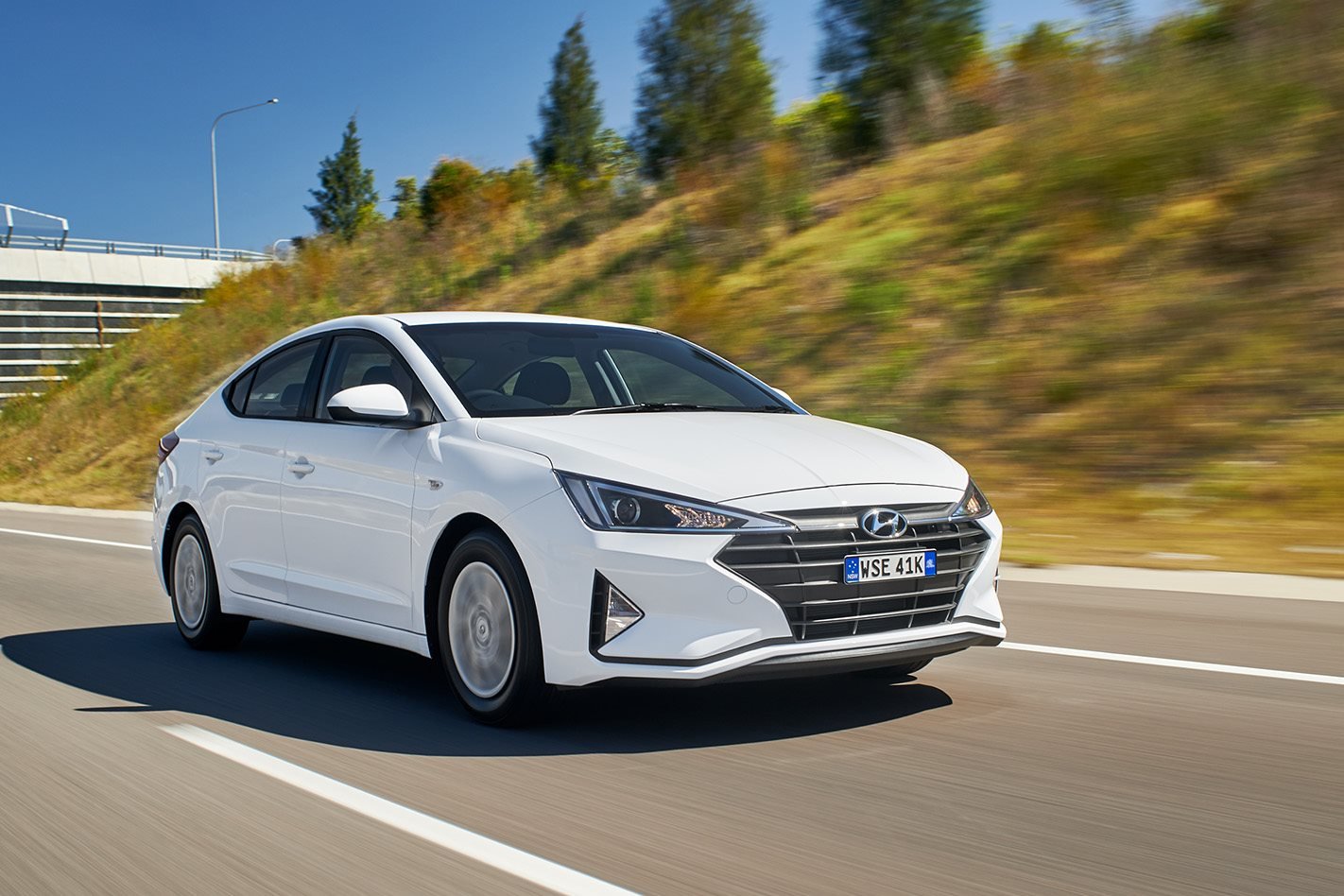
Hyundai’s humblest small sedan is an adequate performer, but one that doesn’t shine brightly in any particular way
What is it?
The Hyundai Elantra Go is a relatively new addition to Hyundai’s small sedan family, introduced at the end of last year as an additional variant positioned under the previous entry-level model, the Elantra Active. The Go’s arrival also coincided with a range-wide facelift for the Elantra, and its sharpened-up looks certainly give it an aesthetic edge over the fairly bland design that preceded it.
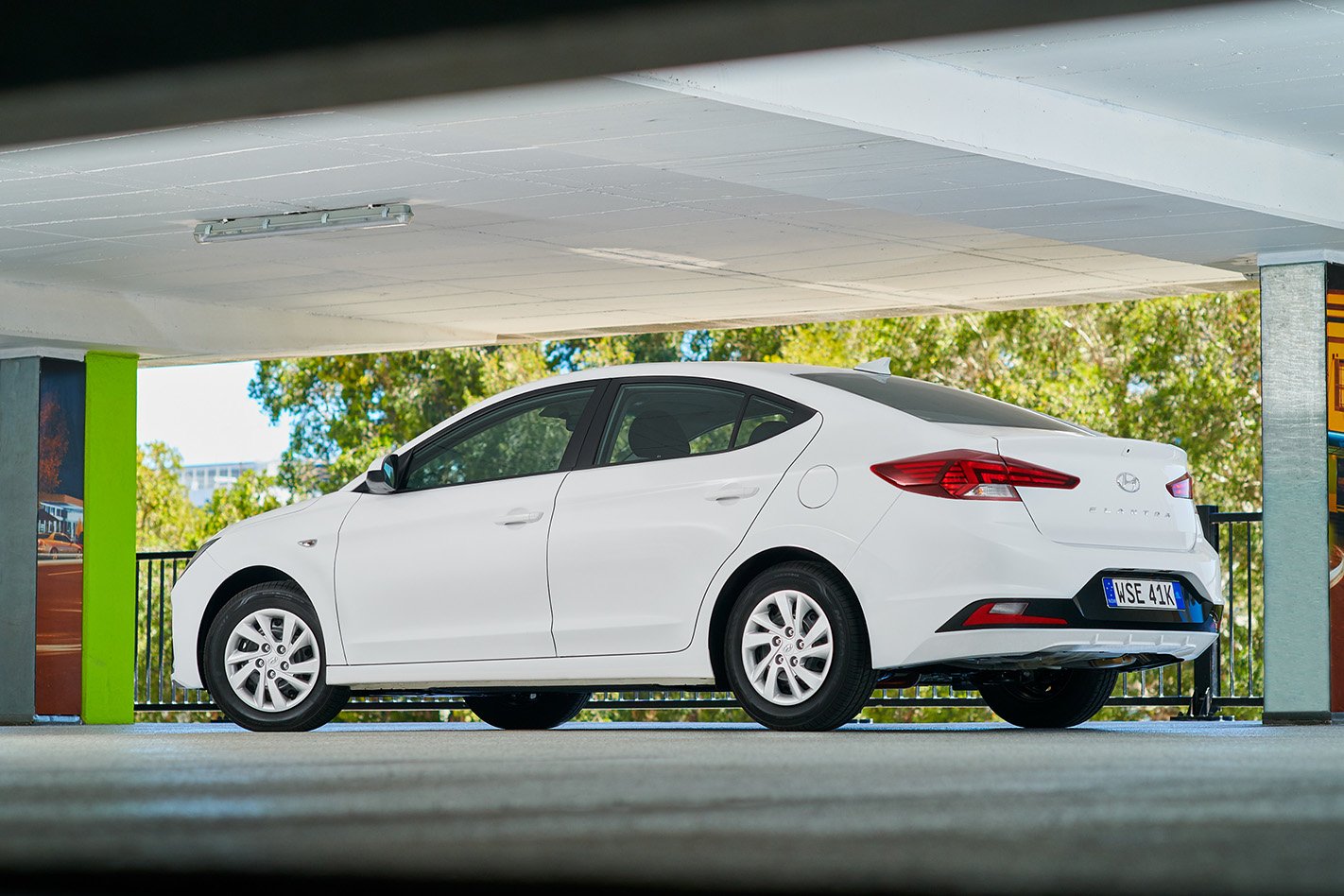
How much is the Hyundai Elantra Go?
Retailing from $23,790 with an automatic transmission (a manual gearbox takes the price down further to $21,490), the Elantra Go is cheap – but certainly not the cheapest when it comes to small sedans. The Subaru Impreza 2.0i retails for $22,690 and comes with all-wheel drive and automatic transmission as standard, the Kia Cerato S auto sedan costs $21,990, and the (positively ancient) Mitsubishi Lancer ES retails for $21,000.
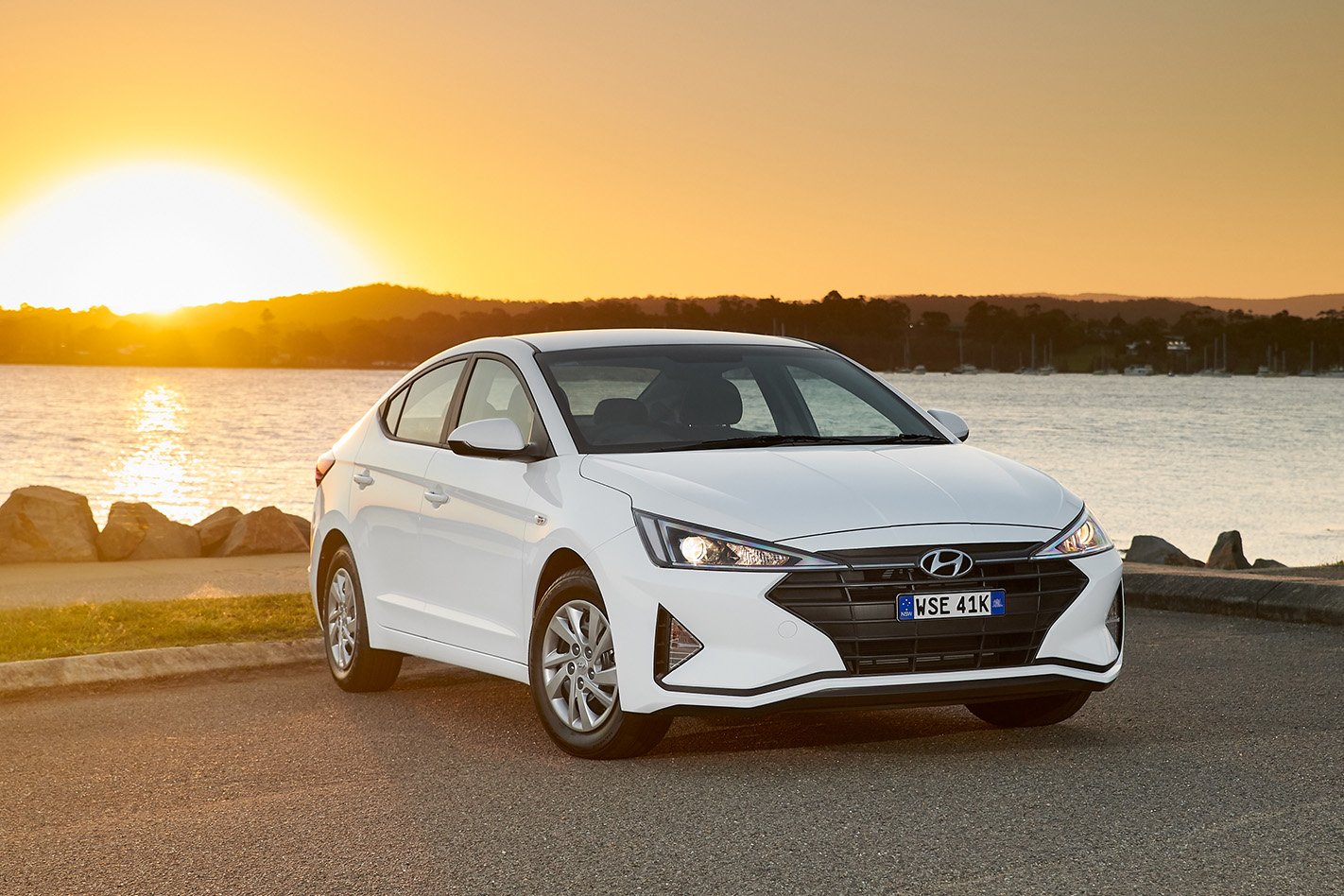
Who is it for?
Sitting right at the bottom of the 2019 Elantra range, the Go is pitched at budget-minded buyers who want a compact sedan but aren’t especially troubled if the equipment list isn’t as extensive as some rivals. That said, the Go certainly provides all of the basics that most motorists would expect to find, and its sub-$25K pricing is certainly attractive to value-seeking motorists.
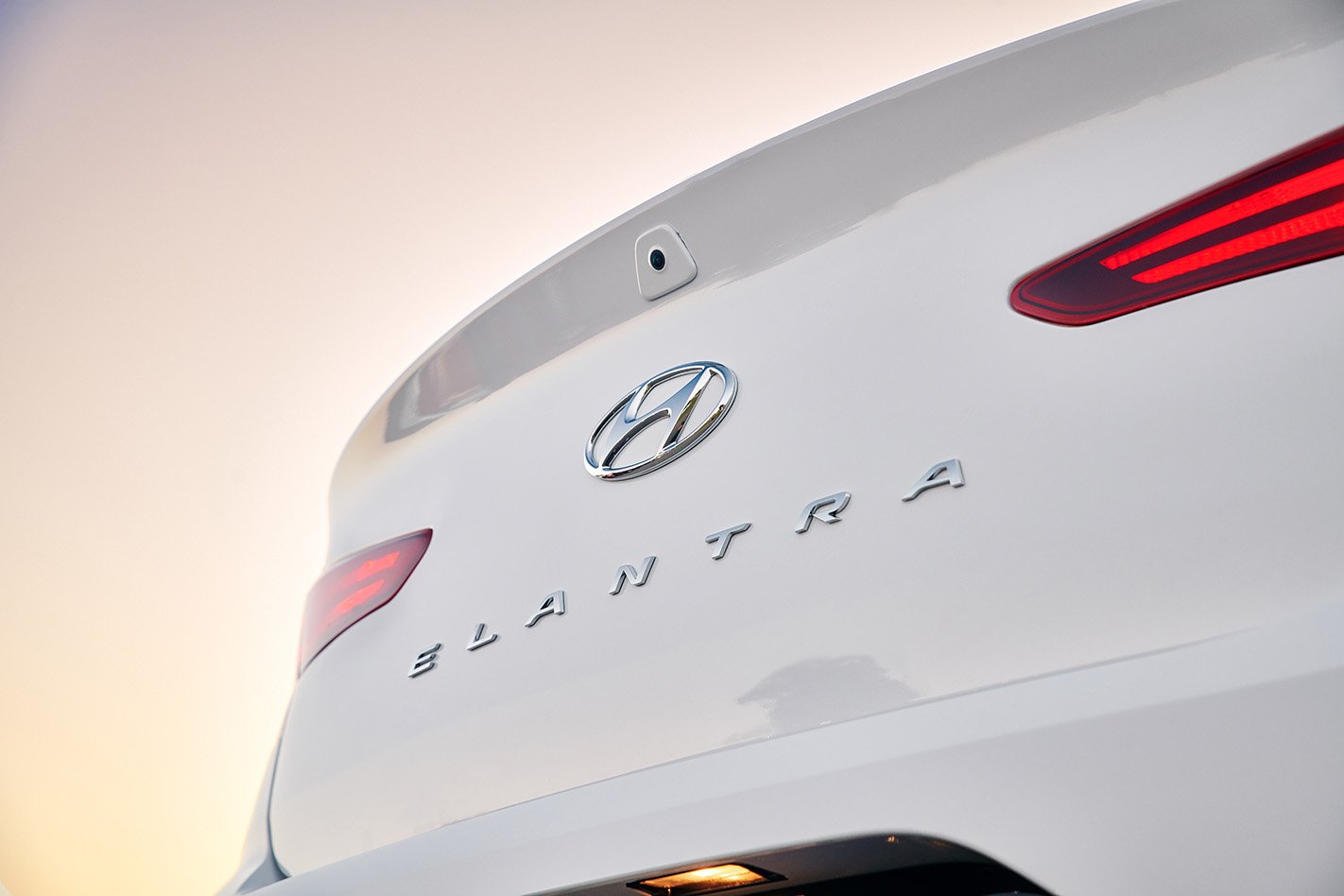
Is the Hyundai Elantra Go easy to live with?
There’s a no-nonsense appeal to the Elantra Go’s cabin. Though it lacks much in the way of stylistic flourishes, the controls are sensibly laid-out, easy to read, with switchgear that feels like it should prove durable over time.
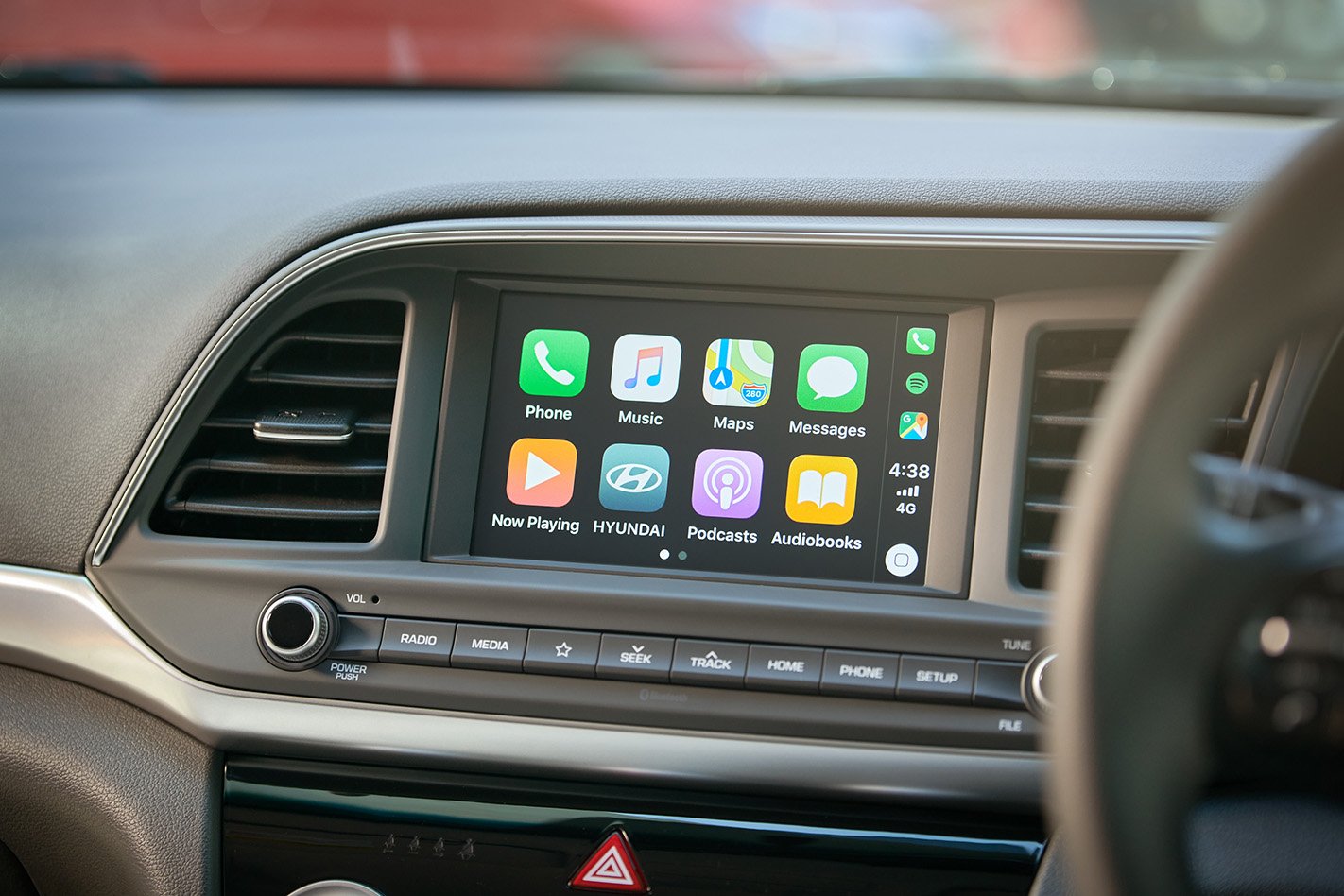
The high-set 7.0-inch colour touchscreen display is unique to the Go (all other variants get an 8.0-inch screen in the same position), but with shortcut buttons lined up below, it’s easy enough to navigate.
Don’t like the Fisher-Price-like graphic interface? Plugging in your smartphone and enabling Android Auto or Apple CarPlay is a neat way of sidestepping that – as well as adding navigation capability to that screen.
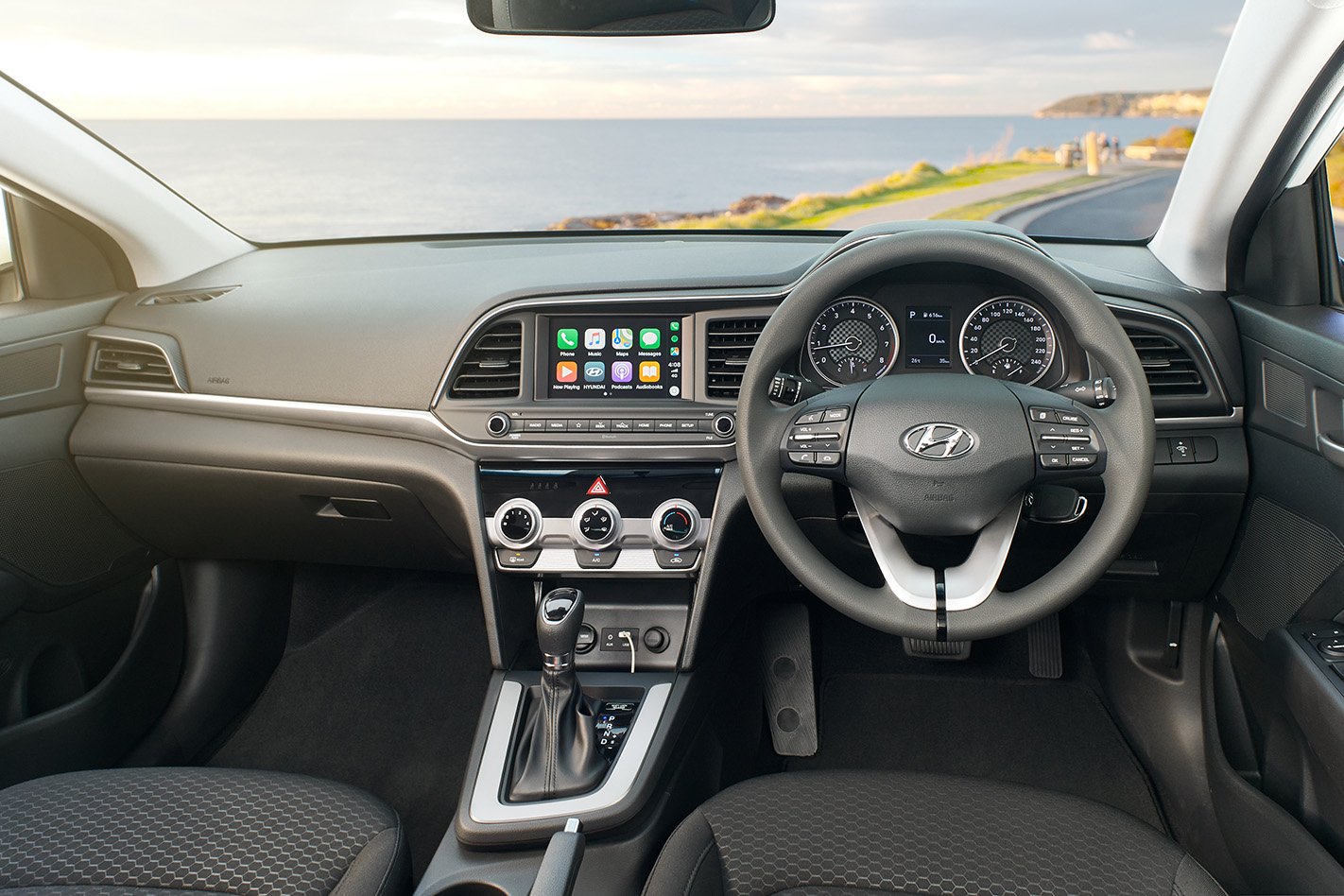
Up front, comfort is good for both driver and front passenger. Again, the lodgings are basic – there’s manual adjustment and plain black cloth upholstery – but the seats are generously sized and comfy enough for most body types.
The steering wheel, finished in bare coarse-grained plastic, isn’t as nice to hold as the leather-wrapped wheel further up the Elantra range, but it’s festooned with controls for audio, phone and cruise control and is contoured nicely.
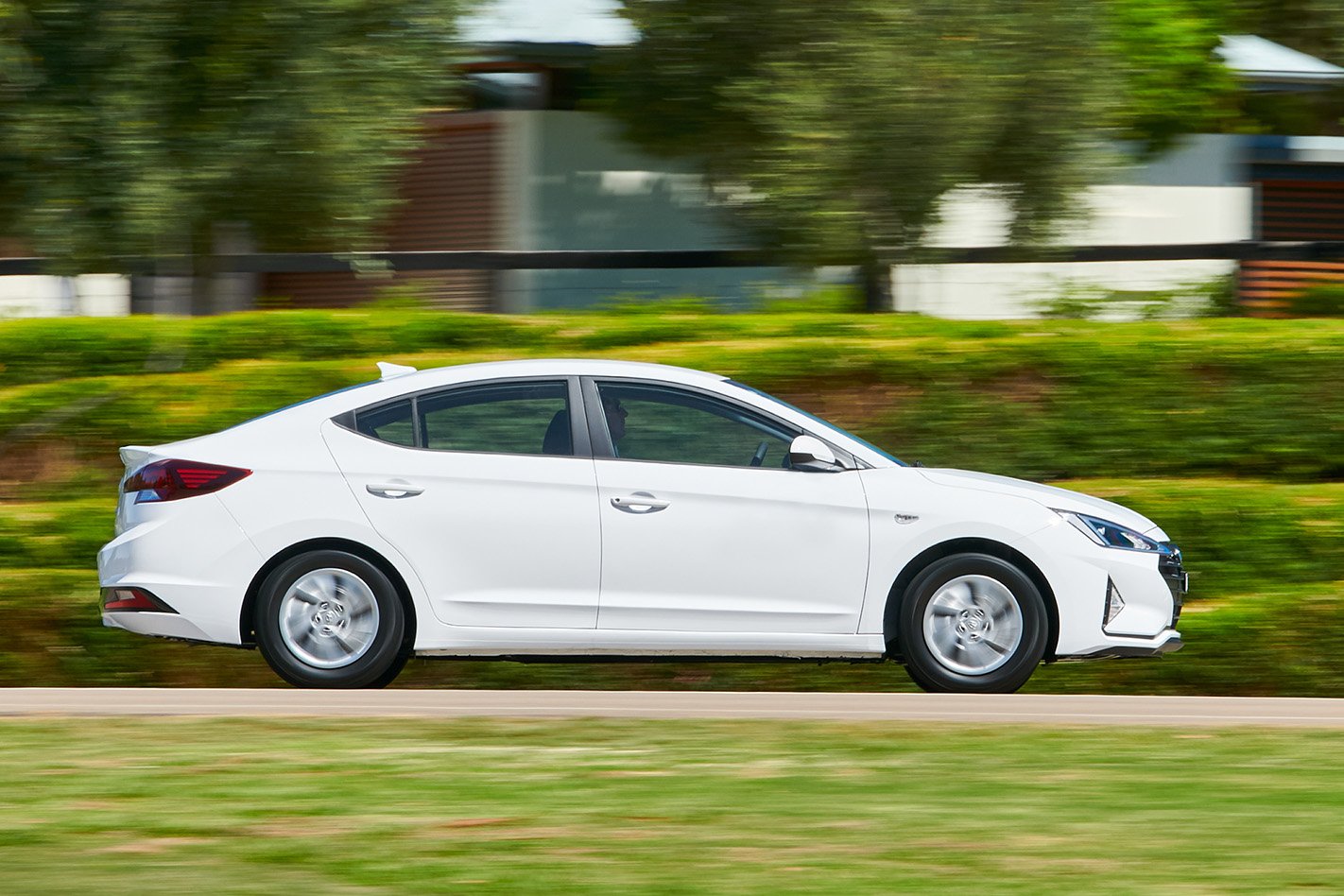
The back seat is decently sized and a pair of adults should be reasonably comfortable, but it’s not quite as commodious as rivals like the Honda Civic or Subaru Impreza. A bigger issue is the extensive use of hard plastics throughout the cabin: the Elantra is solidly built, but there’s no question that materials have been chosen for their price rather than their tactile appeal.
How well does the Hyundai Elantra Go drive?
For a car that’ll get you from A-to-B on predominantly urban driving, the Elantra Go is well suited to the job. Its automatic transmission is smooth and shifts early to keep the engine speed low, and the 2.0-litre naturally aspirated engine, though only packing 112kW and 192Nm, is up to the task of around-town schlepping.
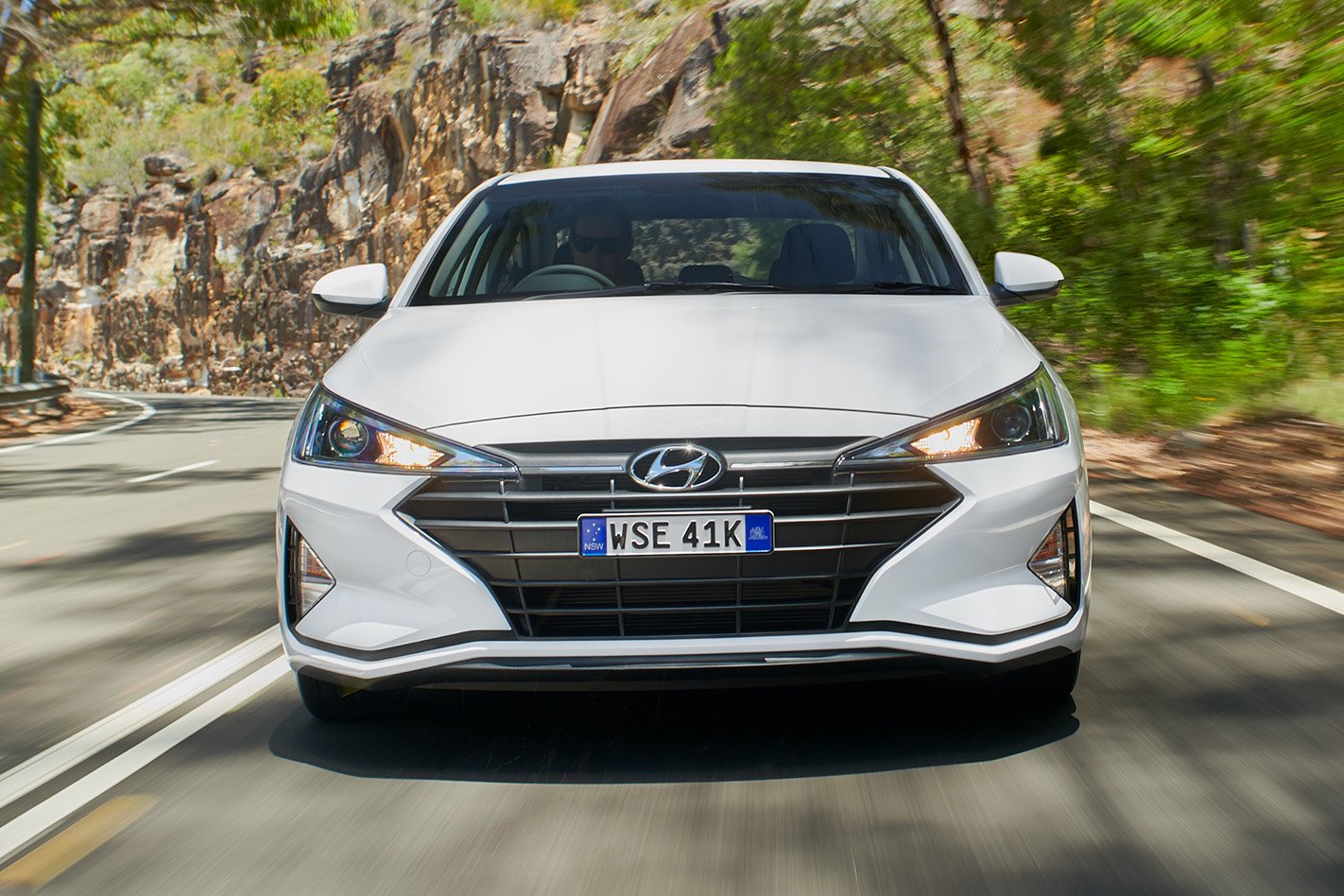
The suspension is compliant enough to dispatch most lumps without too much bother, but dynamically the Elantra Go isn’t at the sharp end of its segment. It’s competent, but its preference for body roll, understeer, and soft damping mean it feels less than happy when asked to hustle through a set of bends. Keep it to the city and highway, however, and it’s perfectly fine.
A bigger issue is the safety equipment fit-out. Autonomous emergency braking (AEB) is fast becoming a range-wide standard on many cars in the small sedan segment, but the Elantra only provides it free-of-charge in the Elantra Sport and Sport Premium.
If you opt for the Go or mid-spec Active, you’ll need to option the Smartsense pack ($1700) for more up-to-date safety features like AEB, blind spot monitoring, lane-keep assist, rear cross-traffic alert and active cruise control.

Verdict
The Hyundai Elantra Go is, in isolation, a perfectly adequate small car. However, the small car segment is one of the most competitive and heavily-populated in Australia, and there are plenty of other choices that either provide more equipment, boast more space, cost less, drive better or combinations thereof.
That’s not really the Elantra’s fault, mind you, and it doesn’t diminish its positive virtues either. However, the Elantra simply doesn’t represent as much of an advantage over enough of its rivals for it to be ranked near the top of the pack.



